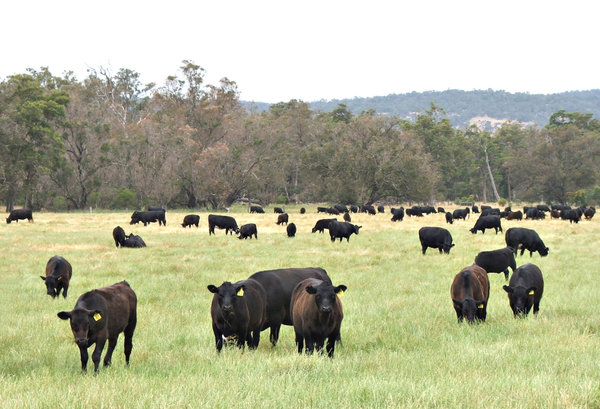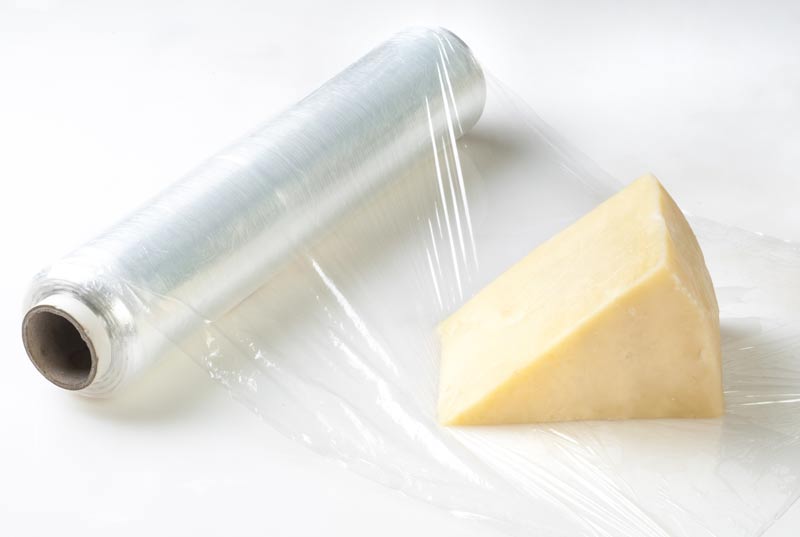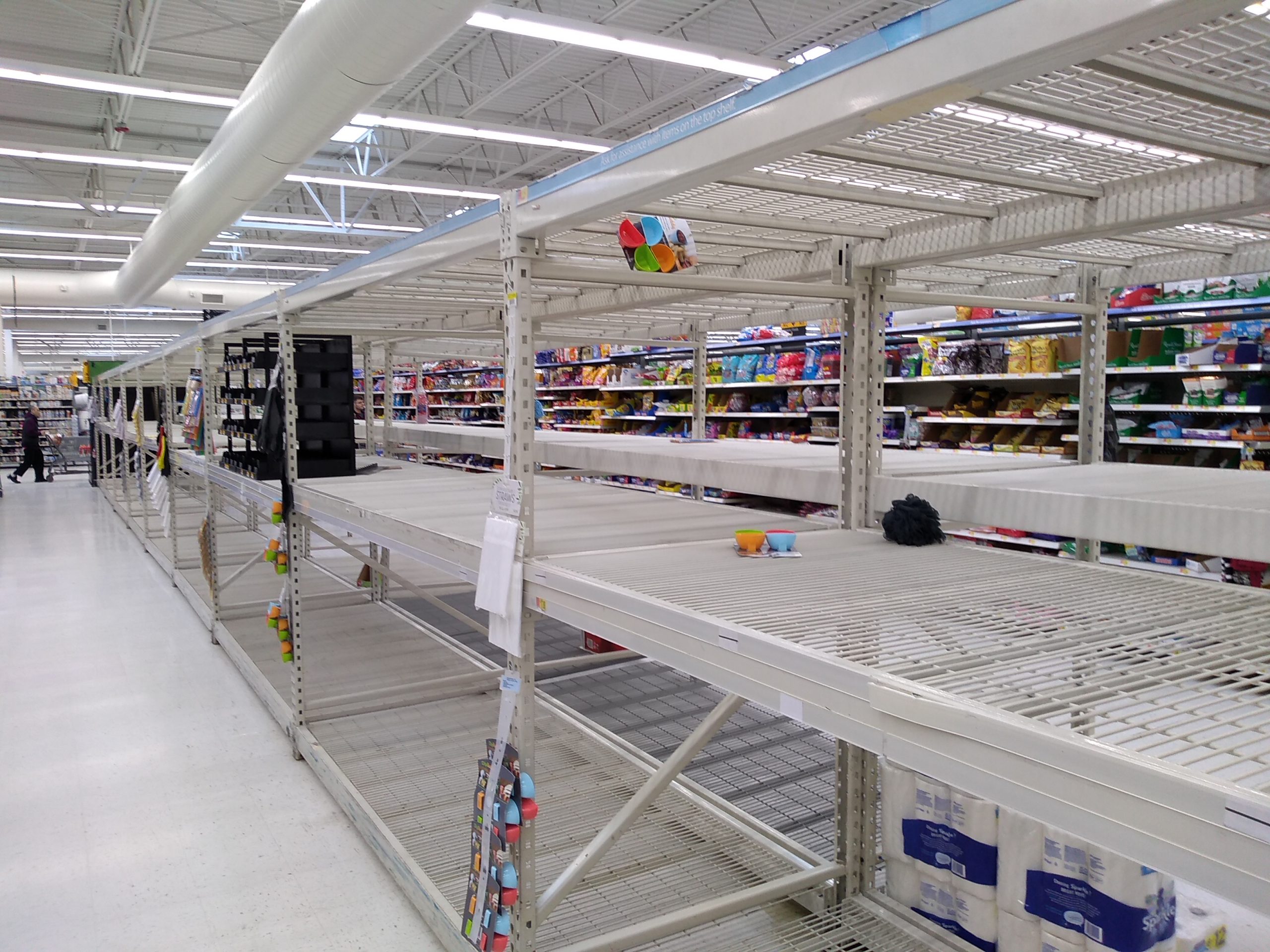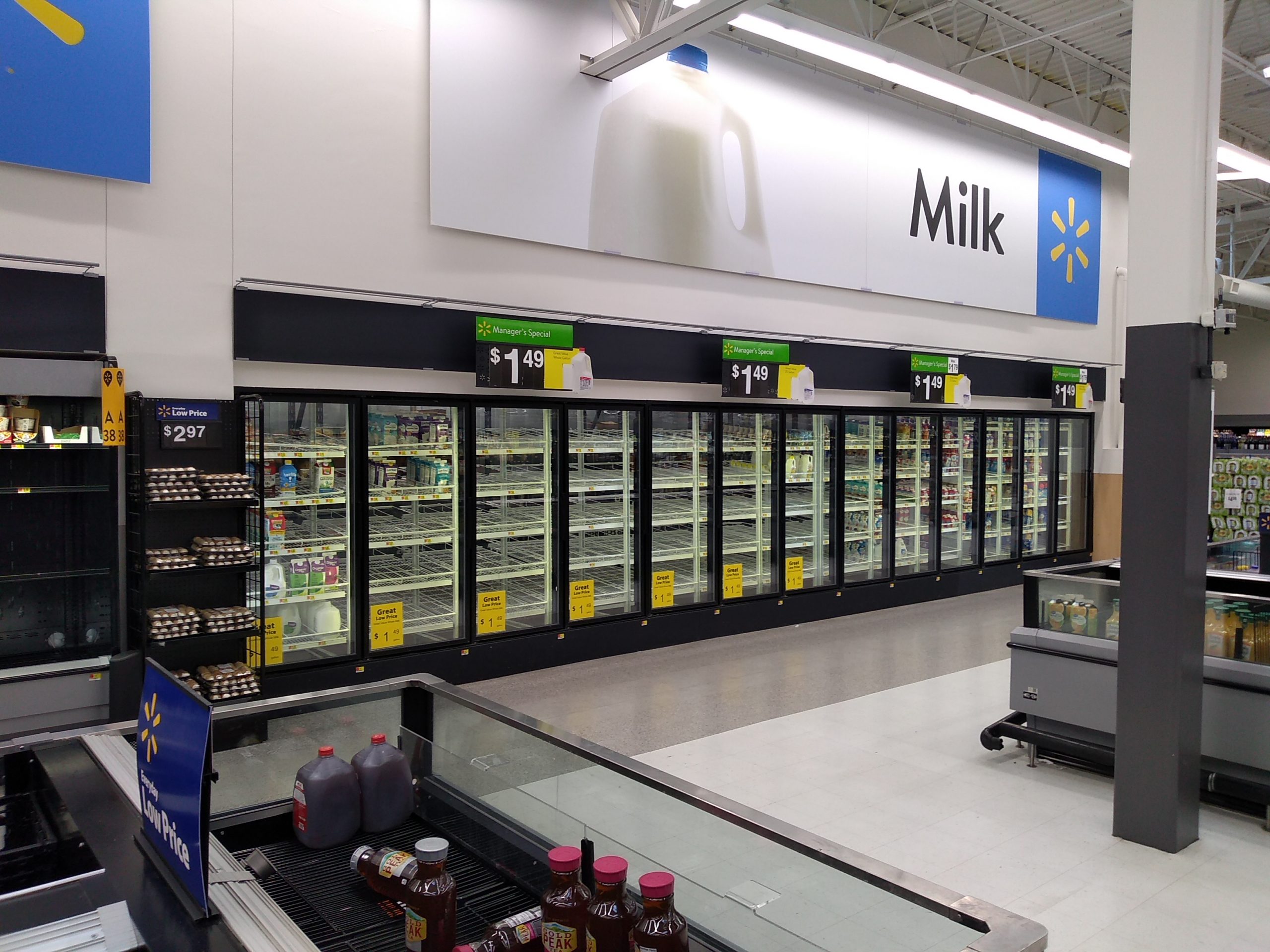“How are you today?”
“Fine as kine!”
“Fine as kine” is a common expression in the State of Maine. Those who are not from there often hear it as “finest kind”, “fine as kind”, “fine is kind”, or something similar, which doesn’t make any sense.
The word kine is an Old English word that means cattle. The expression “fine as kine” has a nice ring to it and it implies “in good health” or “strong as an ox”.

The word kine appears rarely in English literature. However, one of those cases is the King James Bible. Avid readers of the King James Bible would be very familiar with the word kine because it appears in 20 different verses of the Old Testament:
Genesis 32:15 Thirty milch camels with their colts, forty kine, and ten bulls, twenty she asses, and ten foals.
Genesis 41:2 And, behold, there came up out of the river seven well favoured kine and fatfleshed; and they fed in a meadow.
Genesis 41:3 And, behold, seven other kine came up after them out of the river, ill favoured and leanfleshed; and stood by the other kine upon the brink of the river.
Genesis 41:4 And the ill favoured and leanfleshed kine did eat up the seven well favoured and fat kine. So Pharaoh awoke.
Genesis 41:18 And, behold, there came up out of the river seven kine, fatfleshed and well favoured; and they fed in a meadow:
Genesis 41:19 And, behold, seven other kine came up after them, poor and very ill favoured and leanfleshed, such as I never saw in all the land of Egypt for badness:
Genesis 41:20 And the lean and the ill favoured kine did eat up the first seven fat kine:
Genesis 41:26 The seven good kine are seven years; and the seven good ears are seven years: the dream is one.
Genesis 41:27 And the seven thin and ill favoured kine that came up after them are seven years; and the seven empty ears blasted with the east wind shall be seven years of famine.
Deuteronomy 7:13 And he will love thee, and bless thee, and multiply thee: he will also bless the fruit of thy womb, and the fruit of thy land, thy corn, and thy wine, and thine oil, the increase of thy kine, and the flocks of thy sheep, in the land which he sware unto thy fathers to give thee.
Deuteronomy 28:4 Blessed shall be the fruit of thy body, and the fruit of thy ground, and the fruit of thy cattle, the increase of thy kine, and the flocks of thy sheep.
Deuteronomy 28:18 Cursed shall be the fruit of thy body, and the fruit of thy land, the increase of thy kine, and the flocks of thy sheep.
Deuteronomy 28:51 And he shall eat the fruit of thy cattle, and the fruit of thy land, until thou be destroyed: which also shall not leave thee either corn, wine, or oil, or the increase of thy kine, or flocks of thy sheep, until he have destroyed thee.
Deuteronomy 32:14 Butter of kine, and milk of sheep, with fat of lambs, and rams of the breed of Bashan, and goats, with the fat of kidneys of wheat; and thou didst drink the pure blood of the grape.
1 Samuel 6:7 Now therefore make a new cart, and take two milch kine, on which there hath come no yoke, and tie the kine to the cart, and bring their calves home from them:
1 Samuel 6:10 And the men did so; and took two milch kine, and tied them to the cart, and shut up their calves at home:
1 Samuel 6:12 And the kine took the straight way to the way of Bethshemesh, and went along the highway, lowing as they went, and turned not aside to the right hand or to the left; and the lords of the Philistines went after them unto the border of Bethshemesh.
1 Samuel 6:14 And the cart came into the field of Joshua, a Bethshemite, and stood there, where there was a great stone: and they clave the wood of the cart, and offered the kine a burnt offering unto the LORD.
2 Samuel 17:29 And honey, and butter, and sheep, and cheese of kine, for David, and for the people that were with him, to eat: for they said, The people is hungry, and weary, and thirsty, in the wilderness.
Amos 4:1 Hear this word, ye kine of Bashan, that are in the mountain of Samaria, which oppress the poor, which crush the needy, which say to their masters, Bring, and let us drink.
Now you know.




Recent Comments